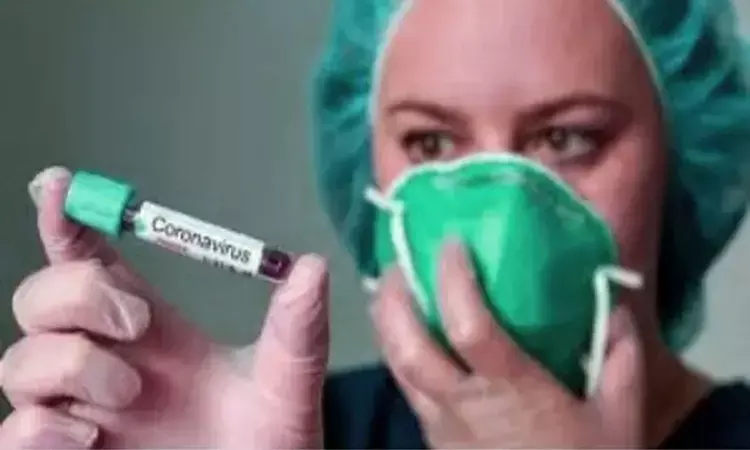- Home
- Medical news & Guidelines
- Anesthesiology
- Cardiology and CTVS
- Critical Care
- Dentistry
- Dermatology
- Diabetes and Endocrinology
- ENT
- Gastroenterology
- Medicine
- Nephrology
- Neurology
- Obstretics-Gynaecology
- Oncology
- Ophthalmology
- Orthopaedics
- Pediatrics-Neonatology
- Psychiatry
- Pulmonology
- Radiology
- Surgery
- Urology
- Laboratory Medicine
- Diet
- Nursing
- Paramedical
- Physiotherapy
- Health news
- Fact Check
- Bone Health Fact Check
- Brain Health Fact Check
- Cancer Related Fact Check
- Child Care Fact Check
- Dental and oral health fact check
- Diabetes and metabolic health fact check
- Diet and Nutrition Fact Check
- Eye and ENT Care Fact Check
- Fitness fact check
- Gut health fact check
- Heart health fact check
- Kidney health fact check
- Medical education fact check
- Men's health fact check
- Respiratory fact check
- Skin and hair care fact check
- Vaccine and Immunization fact check
- Women's health fact check
- AYUSH
- State News
- Andaman and Nicobar Islands
- Andhra Pradesh
- Arunachal Pradesh
- Assam
- Bihar
- Chandigarh
- Chattisgarh
- Dadra and Nagar Haveli
- Daman and Diu
- Delhi
- Goa
- Gujarat
- Haryana
- Himachal Pradesh
- Jammu & Kashmir
- Jharkhand
- Karnataka
- Kerala
- Ladakh
- Lakshadweep
- Madhya Pradesh
- Maharashtra
- Manipur
- Meghalaya
- Mizoram
- Nagaland
- Odisha
- Puducherry
- Punjab
- Rajasthan
- Sikkim
- Tamil Nadu
- Telangana
- Tripura
- Uttar Pradesh
- Uttrakhand
- West Bengal
- Medical Education
- Industry
Respiratory route most common way to spread COVID-19, Social distance key to prevention

COVID-19 is spread most often through respiratory droplets or aerosols and little evidence exists supporting transmission through surfaces. As such, social distance and proper ventilation are key determinants of transmission risk. Findings from a review of published research, articles, and reports is published in Annals of Internal Medicine.
Researchers from Montefiore Medical Center, Hospital of the University of Pennsylvania, Massachusetts General Hospital, Harvard Medical School, and Brigham and Women's Hospital studied scientific articles published between January and September 2020, as well as relevant articles and institutional or governmental reports, to determine the viral, host, and environmental factors that contribute to transmission of COVID-19. They found that although several experimental studies suggest that virus particles could live for hours after inoculation in aerosols or on surfaces, the real-world studies that detect viral RNA in the environment report very low levels on surfaces, and few have isolated viable virus. Strong evidence from case and cluster reports indicates that respiratory transmission is dominant, with proximity and ventilation being key determinants of transmission risk. In the few cases where direct contact or transmission from materials or surfaces was presumed, respiratory transmission could still not be ruled out.
The researchers also identified patterns in virus transmission. The evidence showed that COVID-19 virus peaks around a day before symptom onset and declines within a week of symptom onset. All transmissions occur early on and none have ever been documented after a patient has had symptoms for about a week. Most persons do not transmit the virus, whereas some cause many secondary cases in transmission clusters called "superspreading events." According to the authors, their findings should help to inform evidence-based policies and practices to help educate the public and slow the spread of this virus. Read the full text.
Dr Kamal Kant Kohli-MBBS, DTCD- a chest specialist with more than 30 years of practice and a flair for writing clinical articles, Dr Kamal Kant Kohli joined Medical Dialogues as a Chief Editor of Medical News. Besides writing articles, as an editor, he proofreads and verifies all the medical content published on Medical Dialogues including those coming from journals, studies,medical conferences,guidelines etc. Email: drkohli@medicaldialogues.in. Contact no. 011-43720751


